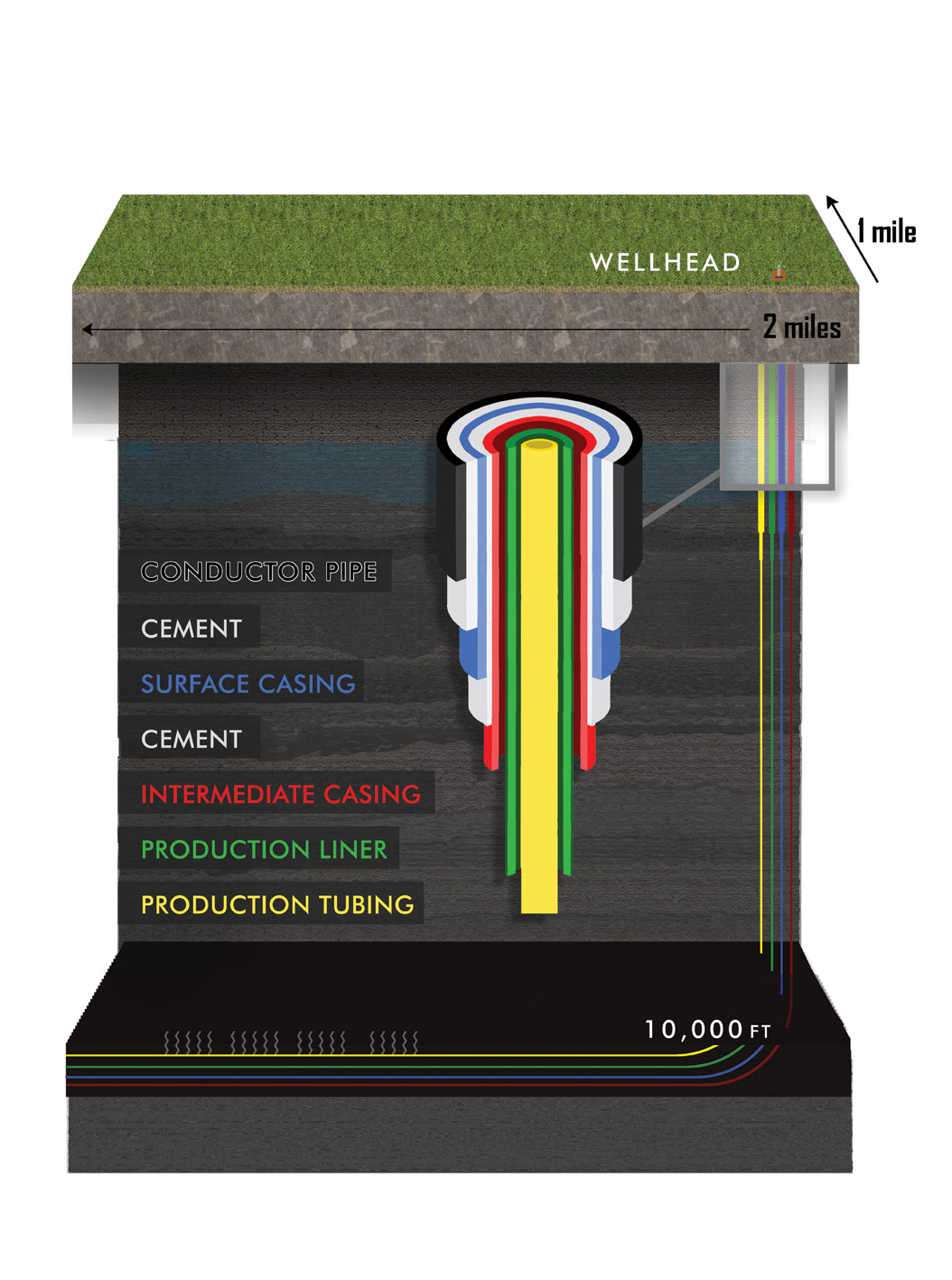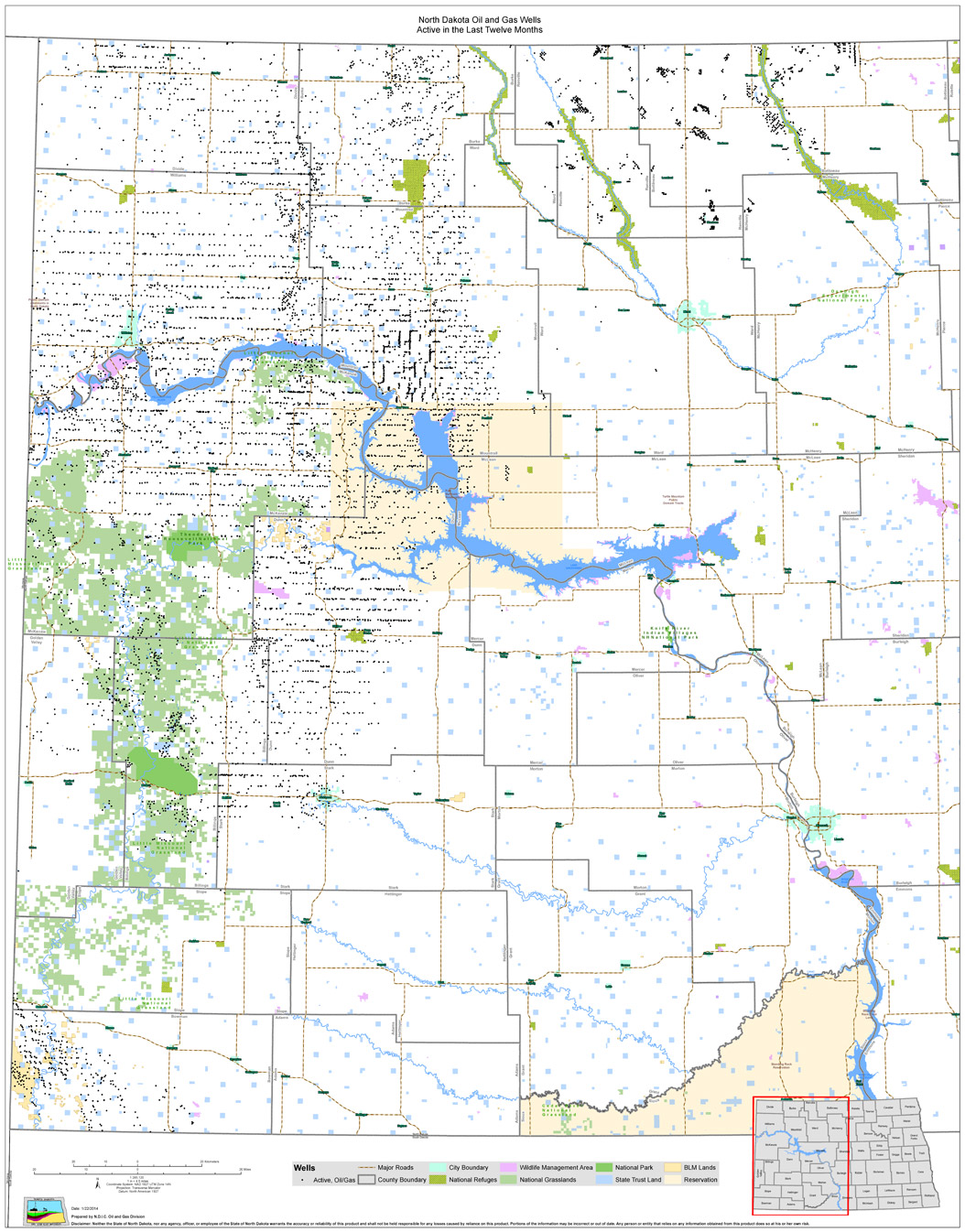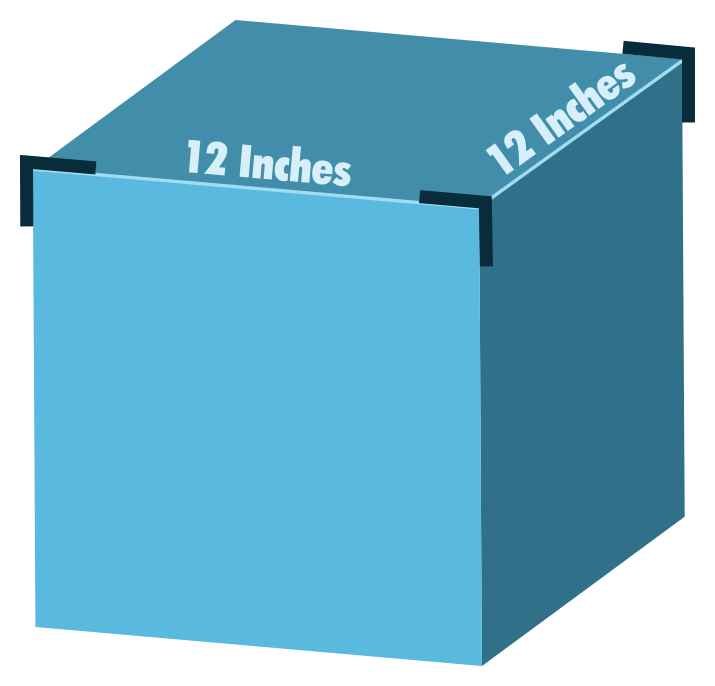History of petroleum and natural gas in North Dakota:
Petroleum
- Beginning in about 1910, several oil wells were drilled in North Dakota, but the technology of the day couldn't reach deep enough (10,000 feet) to discover oil.
- Oil and gas exploration wells have been drilled in every North Dakota county except Traill County. Not all wells produced oil.
- The first major discovery of petroleum in North Dakota was in 1951.
- Petroleum was discovered in a wheat field on the Clarence Iverson farm near Tioga in Williams County.
- This first oil-producing well was called Clarence Iverson No. 1.
- From 1951 to 1980, Clarence Iverson No. 1 produced more than 585,000 barrels of oil.
- Petroleum was discovered in a wheat field on the Clarence Iverson farm near Tioga in Williams County.

Horizontal Drilling Graphic Courtesy of North Dakota Petroleum Council, ND Department of Mineral Resources
- An oil boomAn oil boom means a number of oil wells are drilled in the area over a very short period of time and lots of oil is produced, which brings the region a great deal of money. took place in North Dakota in the 1970s and 1980s.
- This boom peaked at 150,000 barrels per day in 1984, but then oil prices dropped to $10 a barrel, and only three out of every ten wells were striking oil. So the boom came to an end.
- Oil drilling continued in the 1980s and 1990s using horizontal drilling.Horizontal drilling is similar to a bend in a straw. Drillers could drill down into the earth and then make a curve to drill parallel to the surface of the ground for a short distance.
- Western North Dakota still had a great deal of oil and natural gas.
- Oil and gas were trapped in shale rock but technology wasn't good enough yet to get the oil and gas out of the ground.
- Western North Dakota still had a great deal of oil and natural gas.

Active wells in ND: This map shows the wells drilled in North Dakota as of January 2014. Map courtesy of North Dakota Industrial Commission Oil & Gas Division.
- Around the year 2002, an oil boom began in the Bakken formation.
- New technology made it possible for oil companies to get the oil and gas out of the shale rock. This technology was called extended reach horizontal drilling. Like the horizontal drilling in the 80s and 90s, producers could drill down into the ground, then make a curve to drill parallel to the ground.
- The new technology allowed oil companies to drill two miles down (10,560 feet) and then one miles across (5280 feet).
- New technology made it possible for oil companies to get the oil and gas out of the shale rock. This technology was called extended reach horizontal drilling. Like the horizontal drilling in the 80s and 90s, producers could drill down into the ground, then make a curve to drill parallel to the ground.
- The Bakken became one of the most important sources of oil in the United States.
- North Dakota is now the second largest oil producer in the United States (Texas is first).
- There are 17 counties in western North Dakota that produce oil and natural gas.
- Today, North Dakota produces approximately 1 million barrelsPetroleum (oil) is measured in units called barrels. A barrel of oil is equal to 42 gallons. (The average gasoline tank on a car holds 12 to 16 gallons. of oil per day, most of that coming from the Bakken.
Natural gas
- The first known natural gas well in North Dakota was discovered in 1892 near Edgeley in LaMoure County.
- Throughout the 20th century (1900s), several small, shallow gas wells were found in North Dakota.
- These shallow wells supplied energy for some small towns such as Mohall, and nearby farms.
- Natural gas can be used for heating homes, cooking, and other home and business uses.
- These shallow wells supplied energy for some small towns such as Mohall, and nearby farms.
- Most natural gas is found trapped deep underground along with petroleum deposits.
- The Bakken is a significant source of natural gas.
- More than 1 billion cubic feet (1,000,000,000 cu. ft.) of natural gas are produced each day in the Bakken.
- The Bakken is a significant source of natural gas.
Cubic FootNatural gas is measured in units called cubic feet. (A cubic foot is a cube measuring 12 inches on each side.) About 1,000 cu. ft. of natural gas can supply an average home for four days depending on the season.



